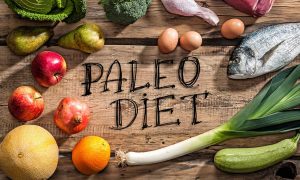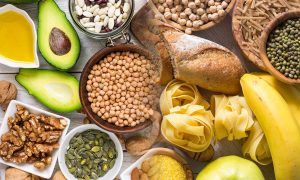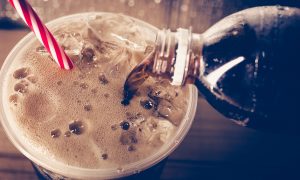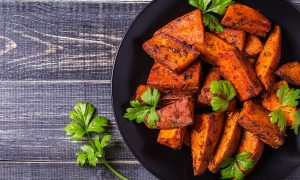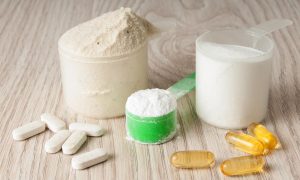How Does The Ketosis Diet Work?
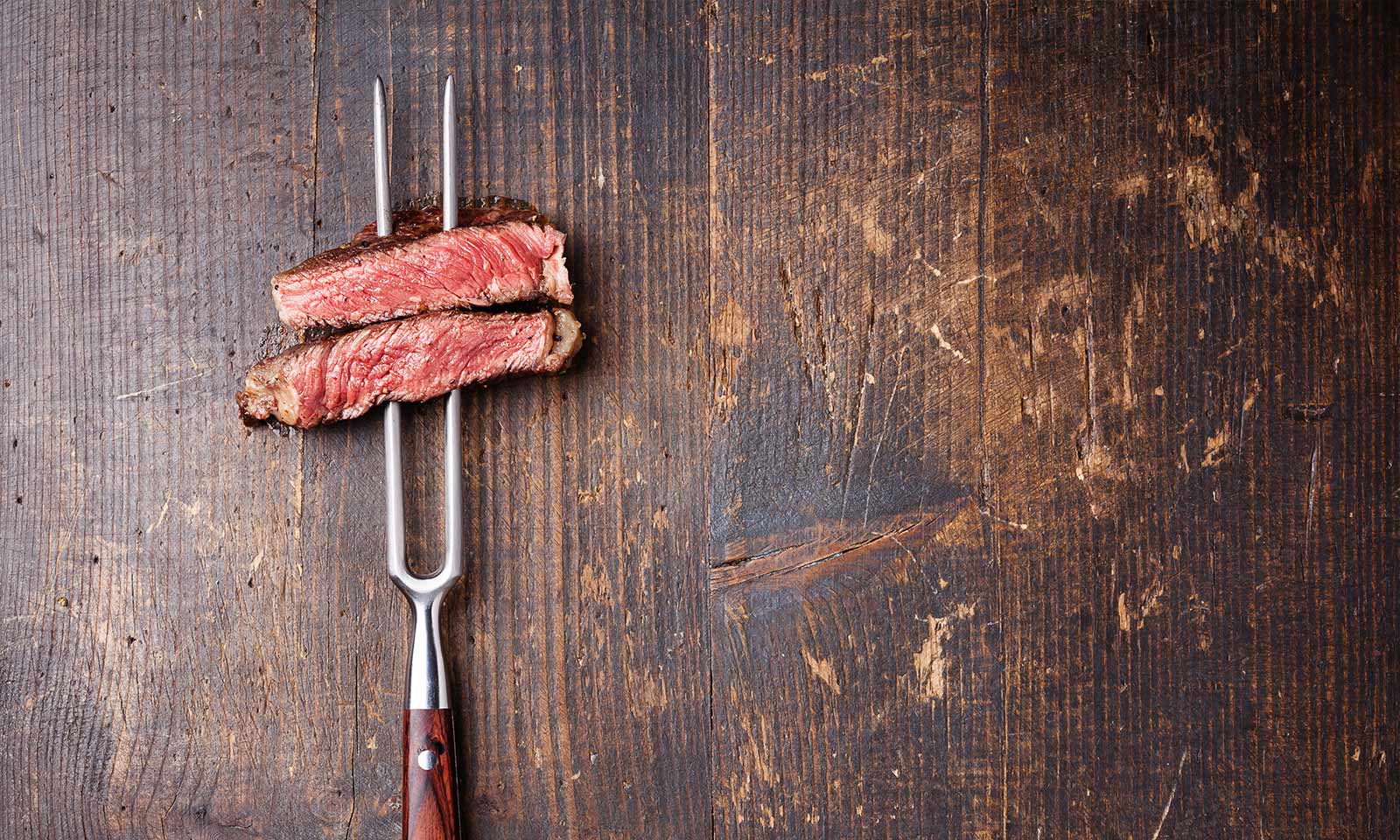
|
|
Nowadays it seems as if there is literally a diet for pretty much anything and everything you can possibly imagine, which obviously points to the fact that we’re pretty obsessed with our weight and that we’re willing to do whatever it takes to help us lose weight and build a more attractive and more aesthetic looking physique in the process. Whilst embarking on faddy diets like the “cabbage soup” diet may seem like a fun idea at the time, and during the first couple of weeks when you find yourself losing weight, the novelty quickly wears off, especially when you find yourself feeling constantly hungry and tired due to a lack of energy, not to mention the fact that you’ll be consuming foods each day that you’re sick to the back teeth of consuming. Over recent years however, people have stepped away from faddy celebrity-endorsed diets and have instead looked to science to provide a solution for their body fat issues. As a result of this, ketogenic diets such as the ketosis diet, are now more popular than ever before and that trend looks set to continue for quite some time into the future. Here we’ll be taking a look at exactly how the ketosis diet works, why it works, foods you can eat, benefits of the diet, plus more besides that. By the time you’ve finished reading, you may have an entirely new outlook on dieting and fat loss.
What is the ketosis diet?

Sometimes referred to as keto, or the ketogenic diet, the ketosis diet is a diet plan which stimulates the natural production of substances within our bodies which are known as ketones. Ketones are actually by-products which are created when fatty acids are converted to fuel within the body. Some of these fats will be naturally oxidized by the liver in order to help generate energy, whereas others are partially oxidized. These ketones basically cause your body to rely upon body fat for natural energy production, rather than glucose which comes from carbohydrates. The ketosis diet is a diet plan which was actually originally designed to help treat people suffering with epilepsy, though nowadays it is used by people to help them dramatically lose substantial amounts of body fat in a relatively short amount of time. The diet itself is a low carbohydrate diet which causes many people to confuse it with the Atkins diet. In reality however, the ketosis diet is a low carb, moderate protein, and high fat diet. It may sound bizarre to some of you – following a high fat diet in order to lose fat but it really does work, and not only does it work, it works very well too!
How does the ketosis diet work?
As mentioned, the idea behind this diet is to force your body into a state of ketosis so that it releases ketones into the body which will enable the body to burn body fat as a primary source of energy, rather than glucose which comes from broken down carbohydrates. By taking carbohydrates away, the body panics as it thinks it is starving and lacking energy, and so it begins to look elsewhere. It can take days to reach a full state of ketosis, but once you do, the fat will literally melt away almost right before your very eyes. Ketosis, as mentioned, occurs when the body’s preferred source of energy – carbohydrates, are severely restricted and/or taken away entirely. Due to a lack of glucose, the liver produces ketones which are required to help utilize fat as a primary energy source instead. You’re basically switching your entire metabolism round once you enter a state of ketosis.
Are there any downsides?
In a word, yes. If you suddenly go from consuming hundreds of grams worth of carbohydrates to less than 30 grams each day, it will come as quite a shock to your system. It can take around 3 – 5 days to enter a state of ketosis, and be warned that during those initial first days, you aren’t going to feel too great at all, and that’s putting things mildly. When you severely restrict carbs, your body enters starvation mode and tries to preserve as much energy as possible, thus slowing your metabolism. You will therefore have no energy, you will feel tired, you will feel sluggish, you’ll be unmotivated, and you’ll want to simply spend your days in bed. Once you reach a state of ketosis however, something miraculous happens and you will literally wake up feeling invigorated and like a new person. Your body will now be using your body fat as a primary source of energy, which means that you’ll be energized, you’ll be focused, you’ll feel better, and you’ll have more energy than you know what to do with.
What are the benefits of the ketosis diet?

There are a number of benefits associated with the ketosis diet, even if you find yourself only following the diet for a short amount of time. The primary benefits include:
Fat loss – Obviously one of the main benefits of this diet plan is the fact that it is so effective at helping to burn away body fat. During the first few weeks especially, the amount of fat your body is able to lose will astonish you.
Increased energy levels – When the body relies on carbohydrates, it metabolizes them in different ways to other foods, and so it can become lazy as it will automatically expect carbs each day. By taking them away however, and forcing it to burn fat, not only does it have plenty of energy to choose from, but it also has to work harder and so the metabolism increases even further.
It helps to suppress appetite and keep you full – Most people that follow typical low fat diets find themselves constantly hungry and constantly craving unhealthy foods as a result. The foods consumed on a ketogenic diet however, will keep you feeling full for longer thus helping to reduce unnecessary food consumption, and helping to battle unhealthy food cravings as well.
Which foods are consumed on the ketosis diet?
We’ll now take a look at a list of foods which are commonly consumed on the ketosis diet:
• Eggs
• Meat
• Fish
• Oils
• Dairy (except milk)
• Low-carb non-starchy vegetables
• Avocados
• Nuts
• Seeds
• Seafood

